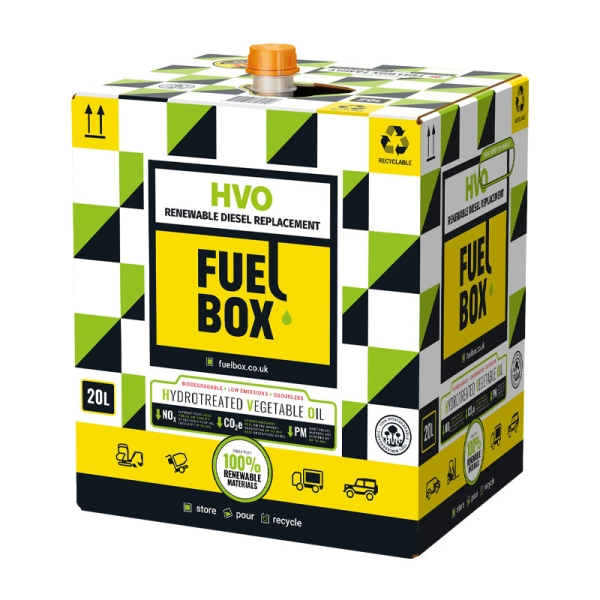Revit Guides
Data Management
ELI5
What Is HVO Fuel?
Hydrotreated Vegetable Oil (HVO) is a renewable, diesel-type fuel made from vegetable oils and fats instead of crude oil. It undergoes a hydrotreatment process (adding hydrogen to oils at high pressure) to create a paraffinic diesel that is chemically similar to standard diesel, but fossil-free and clean-burning. O can be used in place of diesel to run diesel engines and generators, offering a new way to fuel standby power systems without the downsides of regular mineral diesel.
HVO fuel is often called renewable diesel or green diesel. It is distinct from conventional biodiesel (FAME) – HVO’s hydrotreating process yields a high-purity fuel with no oxygen content, which means it behaves almost identically to petroleum diesel. You can use HVO in any diesel standby generator or vehicle as a drop-in replacement, with no need for engine modifications or special additives. Major engine manufacturers have tested and approved HVO for use in their diesel generator sets, so using HVO won’t void warranties or require special tuning. In short, HVO is diesel fuel reinvented from renewable sources – giving you the same usability as diesel, but with a cleaner profile.
Why Use HVO in Standby Generators?
Standby generators often sit idle for long periods and then need to start reliably and run cleanly when called upon. HVO fuel addresses many of the pain points that diesel users face:
Longer shelf life: HVO is far more stable in storage than normal diesel. It can remain usable for years without significant degradation – sources report up to 5–10 years of storage life under good conditions. In contrast, standard diesel begins to oxidise and form sludge after about 12 months. This extended shelf life means less frequent fuel polishing or turnover, making HVO ideal for backup generators that may sit with fuel in the tank for long stretches.
Clean-burning, fewer emissions: HVO combusts more completely and produces less harmful exhaust than regular diesel. Using HVO can cut net CO₂ emissions by up to 90% (because it’s made from biogenic materials) and significantly lowers other pollutants. Operators have observed 20–50% less particulate matter and notable reductions in NOₓ (nitrogen oxides) when running generators on HVO instead of diesel. In short, it’s a cleaner fuel that helps improve air quality and reduce the environmental impact of test runs or emergency use.
Drop-in replacement: Switching a generator from diesel to HVO is straightforward. The fuel is fully miscible with diesel and meets the diesel fuel specification (EN 15940 for paraffinic fuels), so you don’t need to modify engines, change injectors, or adjust settings. You can even top up an existing diesel tank with HVO without draining it. HVO works in the same storage tanks and fuel systems, making adoption hassle-free.
Better cold start performance: HVO has a naturally high cetane number (typically 70–90, versus ~51 for standard diesel) and excellent low-temperature properties. This means generators fuelled with HVO fire up more easily in cold weather and are less prone to waxing or gelling in freezing conditions. In fact, winter-grade HVO can remain fluid at temperatures down to around -30 °C. For standby generators exposed to winter conditions, HVO offers more reliable starting and running when it’s cold.
Where to Get HVO Fuel in the UK
HVO fuel is increasingly available through fuel suppliers across the UK. Here are a few key sources to consider for purchasing HVO:
Crown Oil – A nationwide fuel supplier offering HVO for generators, data centres, and other applications (delivered in bulk).
Certas Energy – One of the UK’s largest fuel distributors; they supply HVO fuel and can deliver to sites across the country.
- FuelBox – A packaging solution that sells HVO in portable 20 L bag-in-box containers, ideal for easy transport and storage.
Each of these suppliers can provide HVO as a direct diesel alternative. Availability is growing, so it’s worth checking with your current fuel distributor as well – many are adding HVO to their product lineup as demand increases.
Want help specifying a generator? Let’s talk.


